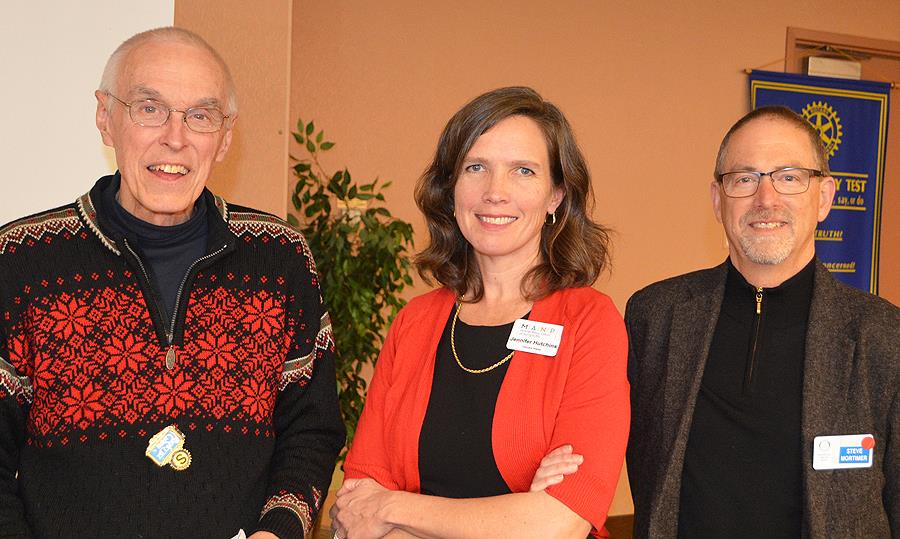On Friday, we heard from Portland’s own Jennifer Hutchins, who, for the past year, has been the director of the Maine Association of Nonprofits, a 900-member organization with a statewide mission of promoting, assessing and fostering professional development for Maine’s nonprofit community. The nonprofit sector represents “all those things of value that the private sector and the public sector can’t figure out how to do.” According to Hutchins, “it’s not just charities,” but a huge range of activities, from Easter Seals to Maine Med, to the United Way and the all-volunteer local historical society.
To understand the impact of this sector in Maine, consider that it employs 95,000 workers (1 in 6) with a total contribution of over $11 billion to the Maine economy. Maine has around twice the number of nonprofits as the national average, a phenomenon driven at least in part by a home-rule-centric civic approach which values independence. This has resulted in 400 municipal units and lots of micro-organizations that want to do things their own way. Here the nonprofit sector does what in many places of the country, the government does. While the number of people working in nonprofits is greatest in Cumberland and Penobscot counties, the proportional amount of employment by such organizations is actually greatest in rural counties.
Ms. Hutchins spoke briefly about “the Meds and the Eds” – the large hospitals and colleges that are outsized and which can skew perceptions of the nonprofit sector. Almost 6,000 organizations are registered with the IRS in Maine. Of those, 89% have budgets of less than $500,000 per year and 75% have budgets under $100,000 per year. So many of these tiny organizations are making an impact with few cash resources. The difference is in voluntarism – which is valued at hundreds of millions of dollars each year.
Challenges faced by almost all nonprofit organizations include fund-raising, board development, and attracting youth. The traditional nonprofit corporate model of CEO and board of directors is an old one, but it’s not necessarily a structure that is intuitive to young people who volunteer and contribute differently. Board governance structures may need to be modernized to attract the next generation of nonprofit volunteers.
As for board service, she noted that too many organizations actively search for wealth above all other characteristics. While this can have obvious value, she suggested that boards where the members are totally focused and engaged are often significantly more effective than boards that feature people who are wealthy, yet who might not be “all in.”
Ms Hutchins came to the Association following a successful tenure leading Creative Portland, and before that, working at the Muskie School, from which she received a master’s in public policy and public finance. She lives in Portland, near the USM campus, with her husband and two children.
(President Don Zillman, Jennifer Hutchins and Steve Mortimer.)

